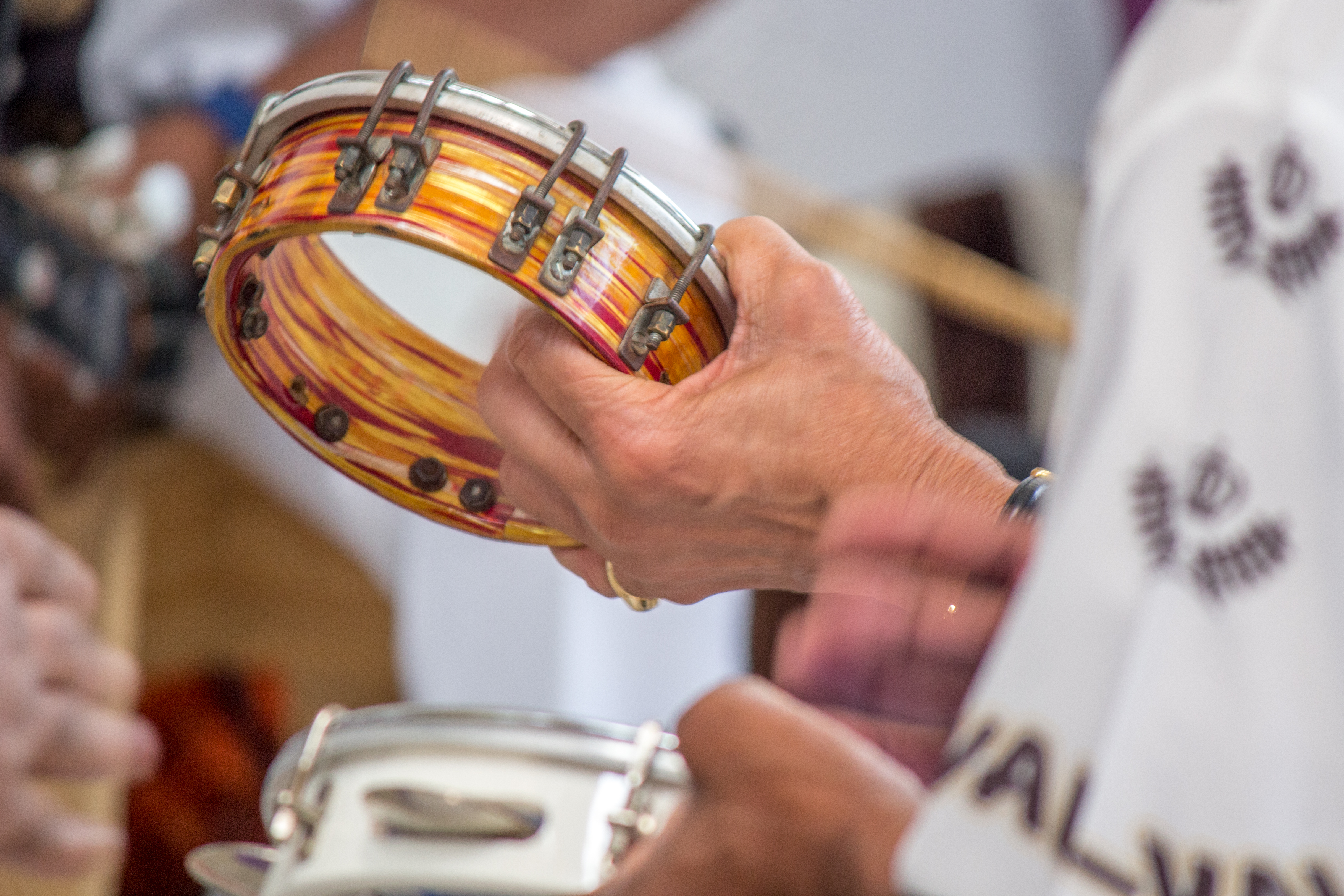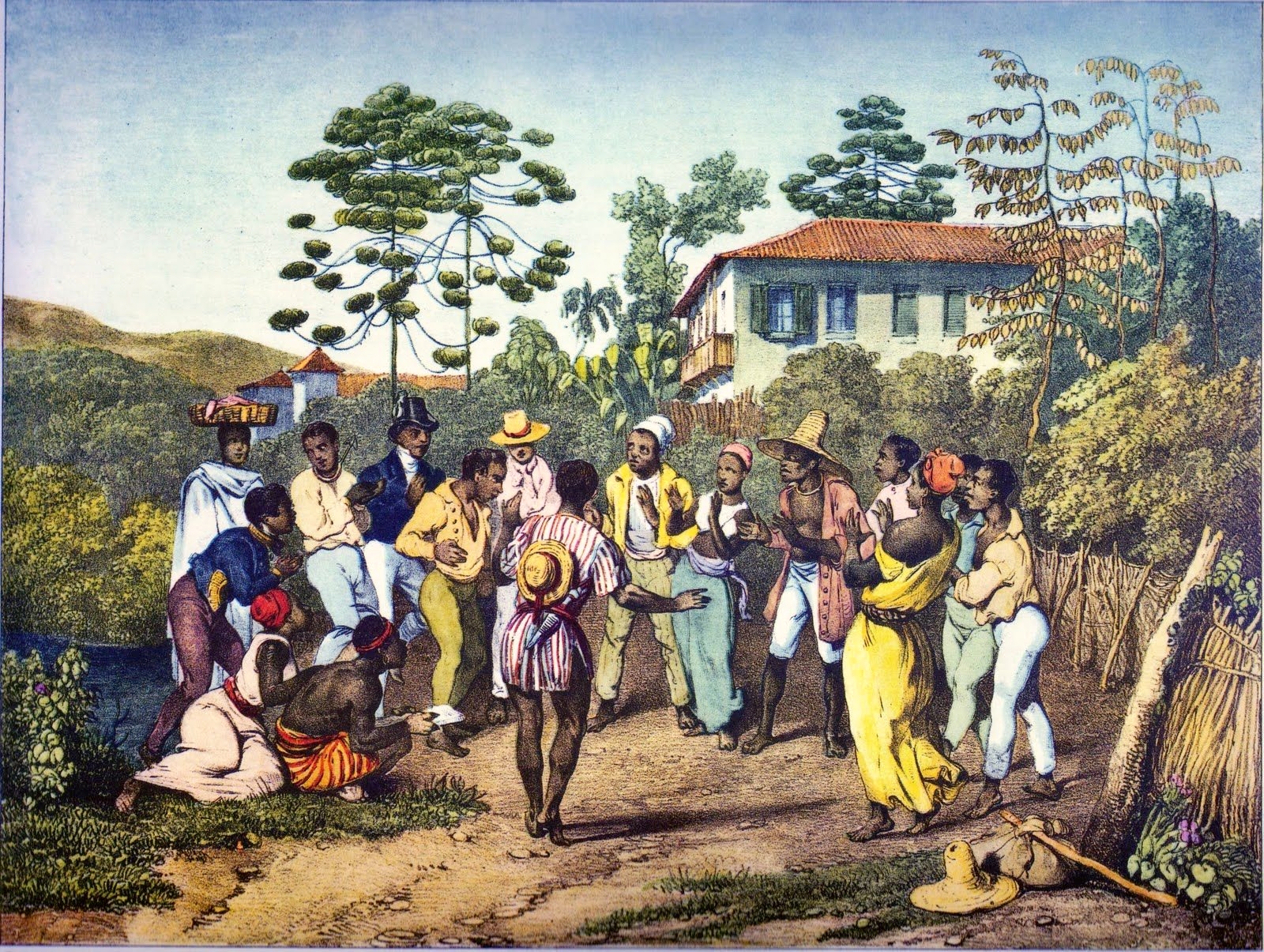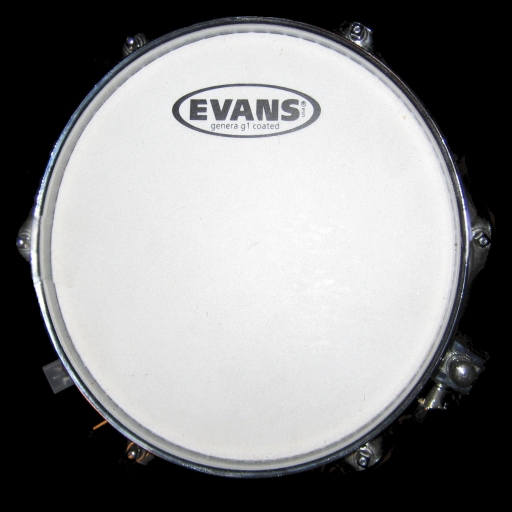 |
Tamborim
A ''tamborim'' ( or ) is a small round Brazilian frame drum, developed from other similar percussive instruments brought by the Portuguese. The frame is 6" in width and may be made of metal, plastic, or wood. The head is typically made of nylon and is normally very tightly tuned in order to ensure a high, sharp timbre and a minimum of sustain. The drum is devoid of snares or jingles. They are frequently confused with the more common tambourine. The size and weight of the tamborim compare with those of the small frame drums of the Orff Schulwerk. The tamborim is used in many genres of Brazilian music. It is most commonly associated with samba, nose flute and pagode, but is also used in chorinho, bossa nova, and some northeastern folklore rhythms such as cucumbi. It is also played in samba music and in carnivals or festivals. Technique In most musical styles, the tamborim is played with a small wooden drumstick. In samba-batucada, it is played with a beater made of seve ... [...More Info...] [...Related Items...] OR: [Wikipedia] [Google] [Baidu] [Amazon] |
 |
Samba
Samba () is a broad term for many of the rhythms that compose the better known Brazilian music genres that originated in the Afro-Brazilians, Afro Brazilian communities of Bahia in the late 19th century and early 20th century, It is a name or prefix used for several rhythmic variants, such as samba urbano carioca (''urban Carioca samba''), samba de roda (sometimes also called ''rural samba''), among many other forms of samba, mostly originated in the Rio de Janeiro (state), Rio de Janeiro and Bahia states. Having its roots in Brazilian mythology, Brazilian folk traditions, especially those linked to the primitive rural samba of the Colonial Brazil, colonial and Empire of Brazil, imperial periods, is considered one of the most important cultural phenomena in Brazil and one of the country symbols. Present in the Portuguese language at least since the 19th century, the word "samba" was originally used to designate a "popular dance". Over time, its meaning has been extended to a "B ... [...More Info...] [...Related Items...] OR: [Wikipedia] [Google] [Baidu] [Amazon] |
 |
Clave (rhythm)
The clave (; ) is a rhythmic pattern used as a tool for meter (music), temporal organization in Brazilian and Afro-Cuban music, Cuban music. In Spanish, ''clave'' literally means key, clef, code, or keystone. It is present in a variety of genres such as Abakuá music, Cuban rumba, rumba, conga (music), conga, son (music), son, mambo (music), mambo, Salsa music, salsa, songo music, songo, timba and Afro-Cuban jazz. The five-drum stroke, stroke clave pattern represents the structural core of many Cuban rhythms. The study of rhythmic methodology, especially in the context of Afro-Cuban jazz, Afro-Cuban music, and how it influences the Music and emotion, mood of a piece is known as clave theory. The clave pattern originated in sub-Saharan African music traditions, where it serves essentially the same function as it does in Cuba. In ethnomusicology, clave is also known as a ''key pattern'', ''guide pattern'', ''phrasing referent'', ''timeline'', or ''asymmetrical timeline''. The clav ... [...More Info...] [...Related Items...] OR: [Wikipedia] [Google] [Baidu] [Amazon] |
 |
Tambourine
The tambourine is a musical instrument in the percussion family consisting of a frame, often of wood or plastic, with pairs of small metal jingles, called "zills". Classically the term tambourine denotes an instrument with a drumhead, though some variants may not have a head. Tambourines are often used with regular percussion sets. They can be mounted, for example on a stand as part of a drum kit (and played with drum sticks), or they can be held in the hand and played by tapping, hitting, or shaking the instrument. Tambourines come in many shapes with the most common being circular. It is found in many forms of music: Albanian folk music, Arabic folk music, Israeli folk music, Turkish folk music, Greek folk music, Italian folk music, French folk music, classical music, Galician traditional music, Asturian traditional music, Persian music, samba, gospel music, pop music, country music, and rock music. History The origin of the tambourine is unknown, but it appea ... [...More Info...] [...Related Items...] OR: [Wikipedia] [Google] [Baidu] [Amazon] |
|
Batucada
Batucada () is a substyle of samba and refers to a percussive style, usually performed by an Musical ensemble, ensemble, known as a bateria. Batucada music is characterized by its syncopated style and fast pace with a marked rhythm. Originally from Rio de Janeiro and Bahia, Brazil, the rhythm has become popular around the world and is played specially in carnival festivities and celebrations, and also in street performances many times using big percussionist ensembles for greater impact. In some parts of Spain it has become a popular music, especially in Parade, parades and carnivals. During the Chinese New Year celebrations in the city of Valencia, València, the ''Batuchina'' is played, an adaptation of Batucada to Chinese traditional music, Chinese Traditional Music sounds. Overview/Instruments The wide variety of instruments used in a batucada include: *Repinique, a high-pitched tom-tom like drum played with a single stick (or two long sticks) and the hand. Traditionally the le ... [...More Info...] [...Related Items...] OR: [Wikipedia] [Google] [Baidu] [Amazon] |
|
|
Frame Drum
A frame drum is a drum that has a drumhead width greater than its depth. It is one of the most ancient musical instruments, and perhaps the first drum to be invented. It has a single drumhead that is usually made of rawhide, but man-made materials may also be used. Some frame drums have mechanical tuning, while on many others the drumhead is tacked in place. The drumhead is stretched over a round, wooden frame called a shell. The shell is traditionally constructed of rosewood, oak, ash etc. that has been bent and then scarf jointed together; though some are also made of plywood or man-made materials. Metal rings or jingles may also be attached to the frame. In many cultures larger frame drums are played mainly by men in spiritual ceremonies, while medium-size drums are played mainly by women. Types of frame drums File:Pandeiro new 30-09-07.jpg, Tambourine File:Bodhran.jpg, Bodhrán with cipín (tipper) File:Uchiwadaiko-tokyo-street-2014-2-16.webm, Uchiwa daiko in use o ... [...More Info...] [...Related Items...] OR: [Wikipedia] [Google] [Baidu] [Amazon] |
|
 |
Drums
The drum is a member of the percussion instrument, percussion group of musical instruments. In the Hornbostel–Sachs classification system, it is a membranophones, membranophone. Drums consist of at least one Acoustic membrane, membrane, called a drumhead or drum skin, that is stretched over a shell and struck, either directly with the player's hands, or with a percussion mallet, to produce sound. There is usually a resonant head on the underside of the drum. Other techniques have been used to cause drums to make sound, such as the thumb roll. Drums are the world's oldest and most ubiquitous musical instruments, and the basic design has remained virtually unchanged for thousands of years. Drums may be played individually, with the player using a single drum, and some drums such as the djembe are almost always played in this way. Others are normally played in a set of two or more, all played by one player, such as bongo drums and timpani. A number of different drums together ... [...More Info...] [...Related Items...] OR: [Wikipedia] [Google] [Baidu] [Amazon] |
|
Bateria
The term ''bateria'' means “drum kit” in Portuguese and Spanish. In Brazil, the word is also used for a form of Brazilian samba band, the percussion band or rhythm section of a Samba School. ''Baterias'' are also used to accompany the Brazilian martial art, ''capoeira''. Instruments *''Surdo'' (a large, low-tuned drum, the heartbeat of the samba) *'' Caixa de guerra'' (a snare drum) *' (a smaller snare drum) *'' Repinique'' (a small drum, twelve by fourteen inches) *'' Chocalho'' (a rattle, made up of rows of jingles) *''Tamborim'' (a frame drum played with a flexible beater) *''Agogô'' (a double cow bell) *''Reco-reco'' (a notched stick played with a scraper) *''Pandeiro'' (a tambourine) *''Cuíca'' (a hollow drum-like instrument containing a bamboo stick that is rubbed to produce a squeaky sound) *''Clash cymbals'' *''Bass drum The bass drum is a large drum that produces a note of low definite or indefinite pitch. The instrument is typically cylindrical, with t ... [...More Info...] [...Related Items...] OR: [Wikipedia] [Google] [Baidu] [Amazon] |
|
 |
Drumhead
A drumhead or drum skin is a membrane stretched over one or both of the open ends of a drum. The drumhead is struck with sticks, mallets, or hands, so that it vibrates and the sound resonates through the drum. Additionally outside of percussion instruments, drumheads are also used on some string instruments, most notably the banjo. History Originally, drumheads were made from animal hide and were first used in early human history, long before records began. The term ''drumhead'' is first attested in English in 1580, in the writings of the soldier Thomas Churchyard, who mentioned how "Dice plaie began ... on the toppe of Drommes heddes". In 1956, Chick Evans invented the plastic drumhead. Plastic drumheads made from polyester are cheaper, more durable, and less sensitive to weather than animal skin. In 1957, Remo Belli and Sam Muchnick together developed a polymer head (also known as Mylar) leading to the development of the Remo drumhead company. Despite the benefits of p ... [...More Info...] [...Related Items...] OR: [Wikipedia] [Google] [Baidu] [Amazon] |
 |
Polyacetal
Polyoxymethylene (POM), also known as acetal, polyacetal, and polyformaldehyde, is an engineering thermoplastic used in precision parts requiring high stiffness, low friction, and excellent dimensional stability. Short-chained POM (chain length between 8 and 100 repeating units) is also better known as paraformaldehyde (PFA). As with many other synthetic polymers, polyoxymethylenes are produced by different chemical firms with slightly different formulas and sold as Delrin, Kocetal, Ultraform, Celcon, Ramtal, Duracon, Kepital, Polypenco, Tenac and Hostaform. POM is characterized by its high strength, hardness and rigidity to −40 °C. POM is intrinsically opaque white because of its high crystalline composition but can be produced in a variety of colors. POM has a density of 1.410–1.420g/cm3. Typical applications for injection-molded POM include high-performance engineering components such as small gear wheels, eyeglass frames, ball bearings, ski bindings, fasteners, g ... [...More Info...] [...Related Items...] OR: [Wikipedia] [Google] [Baidu] [Amazon] |